Nov. 15 to Nov. 21
Qianhua Village (乾華) was once the most populous settlement in the hills of Shihmen District (石門), just off Taiwan’s north coast. Boasting 60-odd households, it was known for its black tea, and was home to Qianhua Elementary School, which accepted students from two other nearby locales.
You won’t find the village on Google Maps today because it was razed in the early 1970s to make way for the nation’s first nuclear power plant. The Lien family (練), who made up about 80 percent of Qianhua’s residents, scattered across northern Taiwan, and the school was moved to nearby Maolin Village (茂林). Due to rural flight, today the 114-year-old institution has less than 30 students.
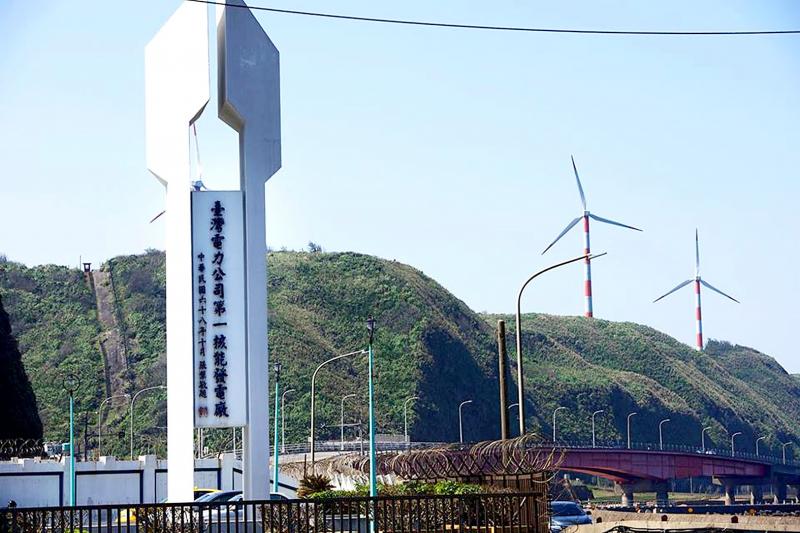
Photo courtesy of Taipower
Nobody really knew what a nuclear power plant was in those days; but the global energy crisis of the early 1970s prompted the government to make it one of its “Ten Major Infrastructure Projects” (十大建設). Initiated between 1974 and 1979, these projects had lasting impact, including today’s Taoyuan International Airport, Sun Yat-sen Freeway (Freeway No. 1) and the North Link Line (北迴線) that connected the Hualien-Taitung line to the rest of the nation’s railway network.
According to a 2018 Storm Media (風傳媒) feature by Liao Yi-wen (廖羿雯), most residents were unaware of the risks the plant posed, and many looked forward to the economic opportunities it would bring. The plant started generating power on Nov. 16, 1977, and started commercial operations in December 1978.
Two more nuclear plants were up and running by 1985, with a fourth one planned for Gongliao District (貢寮). However, this one was met with strong resistance by local residents and environmental groups, their resolve only strengthened by the 1986 Chernobyl Nuclear Disaster. An anti-nuclear movement was born around that time, and the fourth plant was never activated, though it remains a contested issue as a national referendum regarding the plant will be held next month.
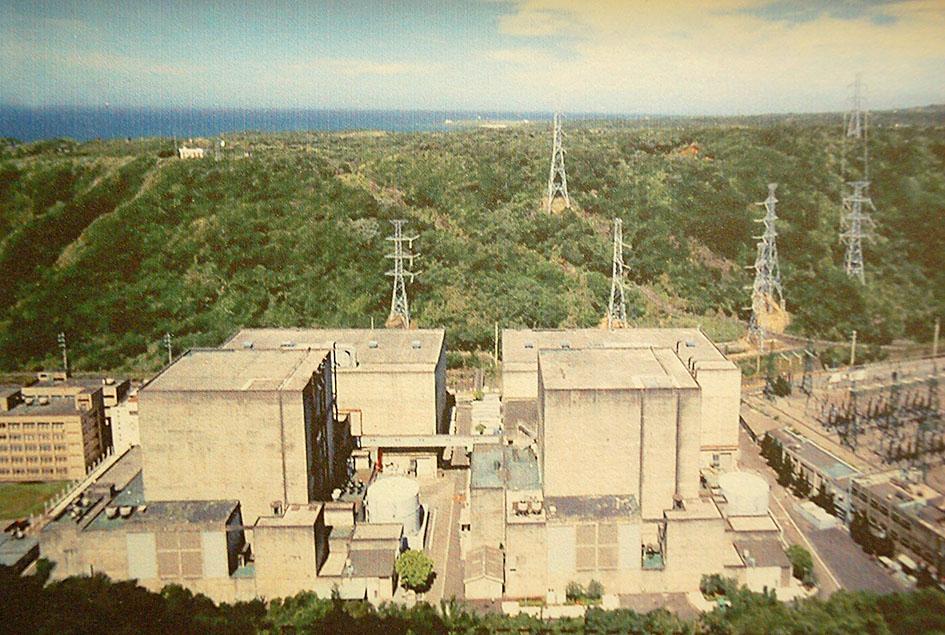
Photo courtesy of Taipower
NEED FOR NUCLEAR
Taiwan’s preparations for nuclear energy began quite early, as the Atomic Energy Council was established in 1955 under the Executive Yuan. But it took a while to train experts and set up the infrastructure.
Denis Fred Simon writes in the Taiwan chapter of the 1990 book, Energy and Security in the Industrializing World, that the nation became highly dependent on imported petroleum during the 1960s, as energy needs surged with the rising economy and the commodity was relatively inexpensive then.
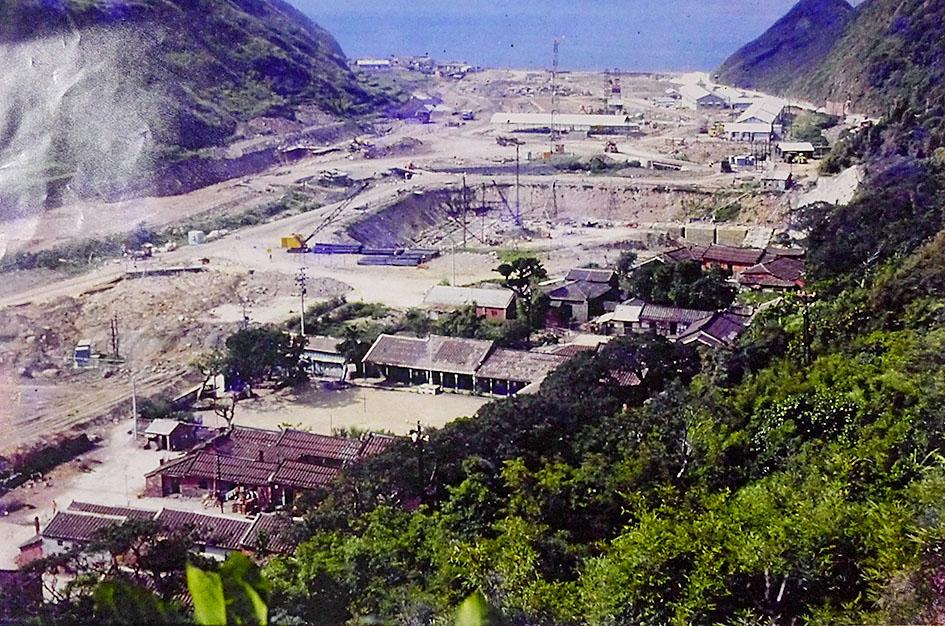
Photo courtesy of Eighteen Kings Temple
Fuel prices skyrocketed in the early 1970s due to global shortages and unrest in the Middle East, which led to stagnated growth and inflation of goods in Taiwan. The government became increasingly worried about supply — especially due to its rapidly deteriorating international status. After the 1973 Yom Kippur War sparked the first oil crisis, the authorities announced a new energy policy, which included a “concerted effort to develop indigenous sources of energy, mainly nuclear energy,” Simon writes.
The nuclear power plant in Shihmen was already under construction by then, but the situation just made the need even more urgent, as shown by its inclusion in the Ten Major Infrastructure Projects that year. This was long before any public anti-nuclear sentiment, and Liao writes that some Qianhua Village residents were even proud that their area was selected. Soon, however, they realized that the plant required highly-trained personnel, and that they wouldn’t really benefit from it economically.
There are still some members of the Lien family in the area, and they have a family shrine in Maolin where they reunite during major festivals. The once popular Eighteen Kings Temple (十八王公廟), notable for its two-meter bronze dog statue, has been run by a member of the Lien family since its inception. The Liens, whose ancestors hail from Tingzhou in China’s Fujian Province, spoke a rare form of Hakka that has been of interest to linguists in the past. It’s hard to find someone who speaks it today.
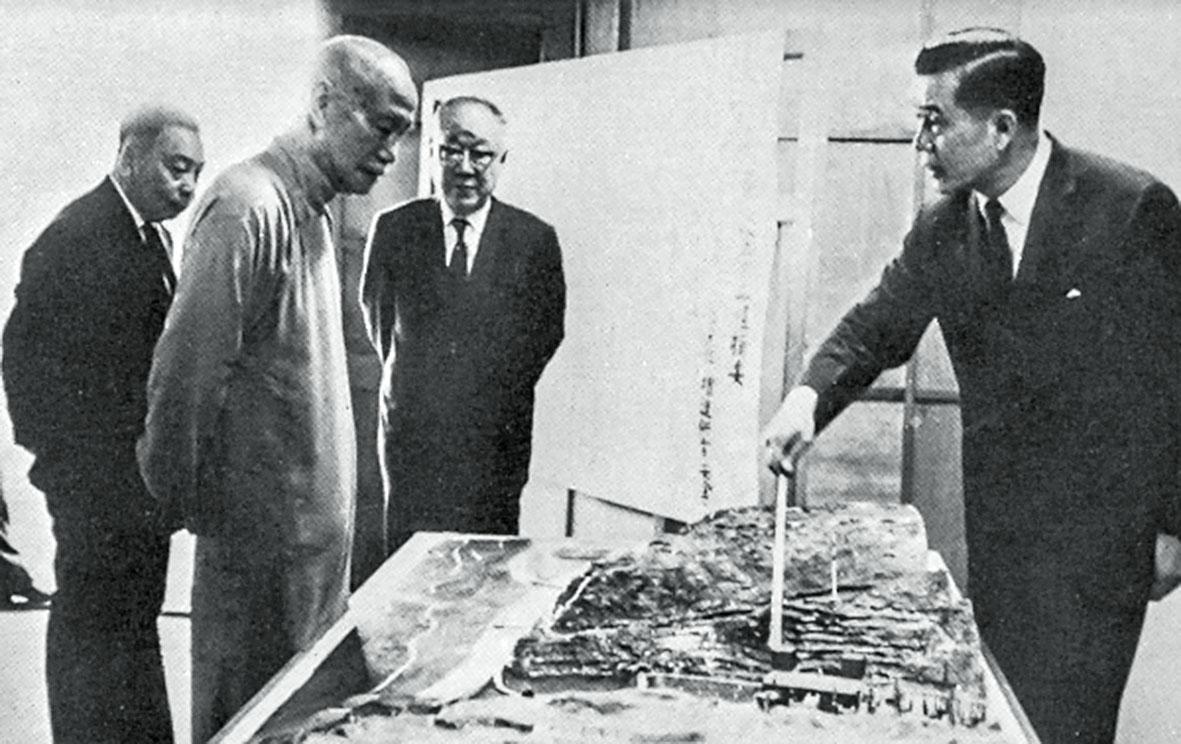
Photo courtesy of Taipower
OPPOSITION MOVEMENT
Just a year after the first power plant started running commercially, the Three Mile Island accident took place in the US when a reactor suffered a partial meltdown. A Taiwan Today article titled “Power Hungry” states that the disaster prompted some local academics to question if a similar disaster could happen in Taiwan. In 1982, a worker accidentally fell and suffered radiation contamination, dying in the hospital a few days later. The news that nuclear waste was being shipped to Orchid Island (Lanyu, 蘭嶼), and the ensuing local protests, did not help the plant’s public image.
When the Chernobyl accident happened in 1986, fears over the dangers of nuclear power reached a fever pitch. Since the nation’s three reactors were already up and running, and generating over half of the nation’s power, the protests mainly focused on stopping the fourth one.
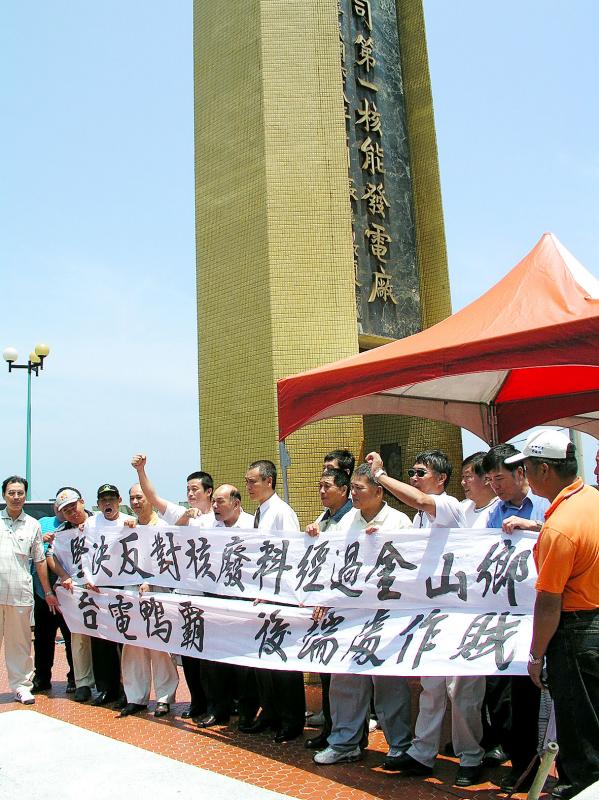
Photo: Huang Chi-hao, Taipei Times
Martial law ended a year later, and the nation saw an explosion of social and political movements, including a no-nukes campaign that still exists today.
By 1988, several environmental groups had formed, and they helped organize locals into self-help associations at the sites of each plant. University students also put together field research teams and headed to the communities to interview those affected.
That same year, the Tao people of Orchid Island began their quest to rid their homeland of nuclear waste. They also joined the larger movement, sending 100 islanders to Taipei several months later to support the demonstrations in front of the Taipower Building.
These efforts quickly gained momentum throughout the 1990s, but even though 96 percent of Gongliao residents voted against the fourth power plant in 1994, the government still pushed through and began construction in 1999. The debacle dragged on for over a decade; the plant was never activated and its reactors mothballed in 2014.
As for the First Nuclear Power Plant, both of its reactors were shut down after their 40-year operating license expired in 2018 and 2019. However, the entire decommissioning process will take another estimated 25 years, with what to do with the nuclear waste still a huge question mark. Some elderly residents told Liao they were hoping to get their ancestral land back one day, but with the current schedule, it’s unlikely to happen.
Taiwan in Time, a column about Taiwan’s history that is published every Sunday, spotlights important or interesting events around the nation that either have anniversaries this week or are tied to current events.

A vaccine to fight dementia? It turns out there may already be one — shots that prevent painful shingles also appear to protect aging brains. A new study found shingles vaccination cut older adults’ risk of developing dementia over the next seven years by 20 percent. The research, published Wednesday in the journal Nature, is part of growing understanding about how many factors influence brain health as we age — and what we can do about it. “It’s a very robust finding,” said lead researcher Pascal Geldsetzer of Stanford University. And “women seem to benefit more,” important as they’re at higher risk of

Last week the Democratic Progressive Party (DPP) said that the budget cuts voted for by the China-aligned parties in the legislature, are intended to force the DPP to hike electricity rates. The public would then blame it for the rate hike. It’s fairly clear that the first part of that is correct. Slashing the budget of state-run Taiwan Power Co (Taipower, 台電) is a move intended to cause discontent with the DPP when electricity rates go up. Taipower’s debt, NT$422.9 billion (US$12.78 billion), is one of the numerous permanent crises created by the nation’s construction-industrial state and the developmentalist mentality it

Experts say that the devastating earthquake in Myanmar on Friday was likely the strongest to hit the country in decades, with disaster modeling suggesting thousands could be dead. Automatic assessments from the US Geological Survey (USGS) said the shallow 7.7-magnitude quake northwest of the central Myanmar city of Sagaing triggered a red alert for shaking-related fatalities and economic losses. “High casualties and extensive damage are probable and the disaster is likely widespread,” it said, locating the epicentre near the central Myanmar city of Mandalay, home to more than a million people. Myanmar’s ruling junta said on Saturday morning that the number killed had
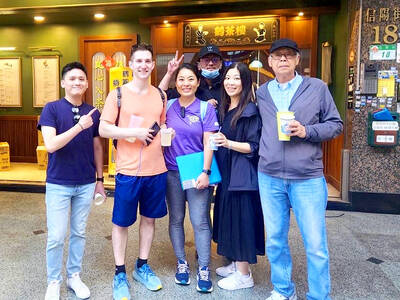
Eric Finkelstein is a world record junkie. The American’s Guinness World Records include the largest flag mosaic made from table tennis balls, the longest table tennis serve and eating at the most Michelin-starred restaurants in 24 hours in New York. Many would probably share the opinion of Finkelstein’s sister when talking about his records: “You’re a lunatic.” But that’s not stopping him from his next big feat, and this time he is teaming up with his wife, Taiwanese native Jackie Cheng (鄭佳祺): visit and purchase a